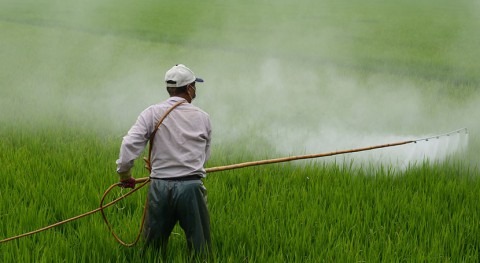A new analysis suggests that about one in seven households across the U.S. may face financial hardship in paying for access to water and wastewater services. Lauren Patterson and colleagues at Duke University, North Carolina, present these findings in the open-access journal PLOS Water.
U.S. households pay utilities for access to water for drinking, cooking, cleaning, and sanitation, as well as for wastewater services. However, in recent years, the cost of these services has increased alongside a widening income gap, fueling affordability concerns. Addressing these concerns requires a clear understanding of water affordability challenges across the U.S.
To help clarify, Patterson and colleagues analyzed the affordability of water services for households served by 787 of the largest water utilities in the nation. They assessed the number of households spending more than 4.6 percent of their monthly income—about one workday’s worth of pay—on 6,000 gallons of water per month, which is considered sufficient to meet basic household needs.
 Credit: Patterson et al., 2023, PLOS Water, CC-BY 4.0 (https://creativecommons.org/licenses/by/4.0/)
Credit: Patterson et al., 2023, PLOS Water, CC-BY 4.0 (https://creativecommons.org/licenses/by/4.0/)
The researchers found that a total of 17 percent of all households in the study—covering about 28.3 million people—spent more than 4.6 percent of their income on water services. A median of 15 percent of households, or one in seven, faced this level of water unaffordability.
Households that might struggle to afford water services were located across all states and regions of the U.S., even when considering particularly conservative definitions of affordability. This study focused on larger water systems and did not consider smaller water systems serving communities of fewer than 1,000 people, which have higher costs, suggesting that even more households might struggle to afford basic water services than captured in the analysis.
The researchers also note that the drivers of water unaffordability are varied and complex, including factors such as aging infrastructure, climate change, and low household incomes. They suggest that solutions to boost affordability may therefore require comprehensive strategies at the local, state, and federal scales.
To aid such efforts and empower the public, the researchers developed an interactive online tool that shows how water affordability changes depending on location, usage rates, and definition of affordability.





